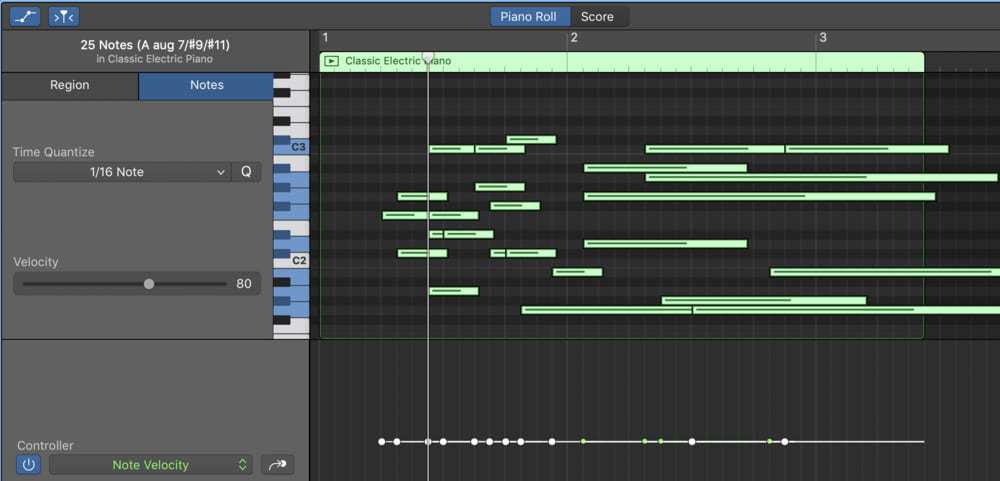

The whole blessed lot of installers requires just 390 MB ( one installer for the core engine, plus the five piano modules). If you are one of those chappies who is in the habit of downloading large, multi-gig sample libraries, this will seem like child’s play to you. Customers receive login credentials via email once payment has been remitted.

The installers are each downloadable from the secure customer-area on the 4Front web site. True Pianos’ individual components were all installed and playable within 5 minutes on the 6 year old dual core laptop that I use for reviewing purposes. How wonderful to not be inundated with rigorous, time-demanding installation routines. The difference in sound is due to the use of newer and more refined techniques we have developed for what will become TruePianos v2.0.” The Atlantis module sounds very different from the Amber module but fact is that the footprint of both modules is generated from the very same sampling session. “Two and a half years later we released the Atlantis module which we consider our best publicly released module to date and also a preview of the long overdue TP v2.0 technology which from a computational point of view is approximately 10x more complex than any previously released module. The Amber module has some characteristics of the original sampled piano but doesn't sound like the original instrument if you would do a direct comparison.” In case of the Amber module we rented a studio with a certain model of grand piano in it and did a sampling session to obtain the raw material we needed to create the footprint required for starting work on the creation of this module. “For each TruePianos module we create what I (Roel) call a footprint as a base to start working from, which through mathematically analysis is derived from actual samples. Most of the information was submitted in confidence, but I’d like to pass on some of the scoop that may be freely shared. Roel de Wit replied to my queries with more detail than I was expecting. I pointedly asked 4Front Technologies some questions about their virtual piano development. The specialized sampling technology evidenced in True Pianos is the brain child of Mr. 4Front’s lead programmer, George Yohng, is highly respected among his peers for spear-heading and developing the audio-engine that powers the “Vienna Symphonic Library”. We’ll delve into each of the five modules a little later.Īs a general statement, True Pianos can certainly be considered more than able to replace most nearly any large, hard drive-taxing piano sample library. The good folk at 4Front do not specify which actual piano models are referenced by the five modules, but suffice it to say, each of them is excellent. With five, distinct piano types to choose from, True Pianos is sure to provide the perfect tone for any given project. (Comparatively speaking, that is.) An obvious benefit of 4Front’s technology is the fact that the sound is generated programmatically ‘ on the fly’, eliminating disk streaming and hard drive caching.

Collectively, these attributes work synergistically to reproduce incredible piano realism whilst demanding very little memory and processing power. True Pianos is a highly evolved, digital symbiotic-relationship of sampling, synthesis and physical modelling.
Piano roll truepianos software#
When 4Front Technologies released True Pianos in January of 2007, it became immediately obvious to the digital-instrument community that this software was “ something different”. Now, dear reader, before you glance up at the “back” button thinking that “light on CPU” means “light on sound-quality”, rest assured that nothing could be further from the truth. In this case, that “ something special” is the very conservative system requirements and how ‘lite’ this beautiful-sounding piano suite is on CPU and memory. I always like to find that “ something” about a product that causes it stand out something that puts it ahead of the other race horses, even if only by a nose. In keeping with that principle, let’s continue focusing on True Pianos at this time. Reviewer’s Revival never deliberately compares one product to another, in an attempt to force a choice between the products.

Each of these great packages exhibits its own uniqueness and allure. The only “true” competitor to 4Front’s modelling excellence is the illustrious “PianoTeq 4”, which will also be reviewed here on Reviewer’s Revival in the not-too-distant future.


 0 kommentar(er)
0 kommentar(er)
